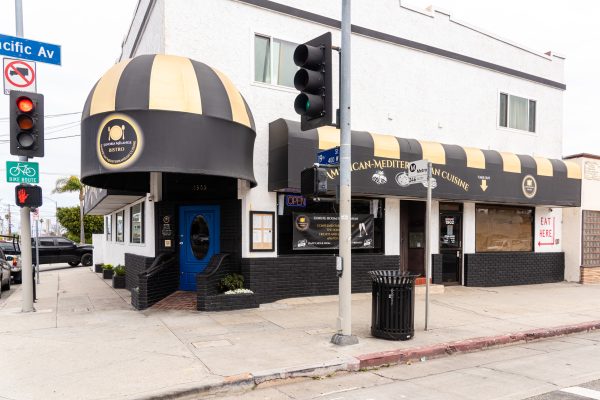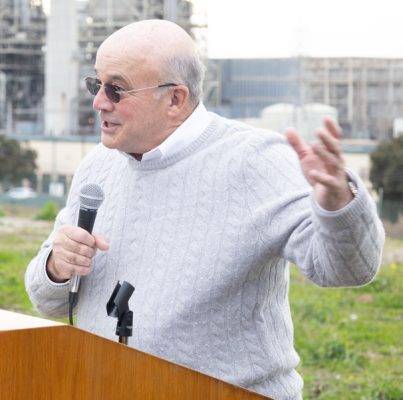The City Council on Tuesday night sent a clear message to the regulatory agency that oversees the water quality of the Seaside Lagoon’s outflow: either relax standards, or the lagoon’s water feature will be closed in 2013.
Councilman Pat Aust urged the council to let the Los Angeles Regional Water Control Board know the city is prepared to end the four-year dispute over how the lagoon is regulated.
“We are going to have to close it if we can’t get concessions,” Aust said.
The city has long argued that the lagoon is subject to unrealistic water quality standards. During peak usage in summer months, the lagoon uses 2.3 million gallons of ocean water that initially is brought in by the AES power plant for cooling purposes and is subsequently chlorinated before entering the lagoon and then de-chlorinated before being released into the harbor.
The city has done studies that indicate the water it releases is cleaner than the water that is brought in. Nonetheless, the Water Control Board holds the city to strict federal Clean Water Act standards, presumably not taking into consideration that the water brought in is not markedly different from what is released.
The city came very close to closing the facility last April, when the council voted to close it after the Water Control Board announced potential fines of as much as $21.2 billion for past violations. The board in May relented and issued a Time Schedule Order (TSO) that relaxed water standards for three years as the city explored ways to address the problems. In September, the board announced that the city’s fines would only be $25,000. But Water Control Board officials also told city staff that one of the conditions of continued operation of the facility would be a battery of tests that would cost an estimated $160,000 to $250,000. And in 2013, the city would face not only tightened standards on Total Suspended Solids – the silt-like material that has been the primary source of conflict between the city and the Water Control Board – but added standards on eight different kinds of metals.
Councilman Matt Kilroy said the new metal standards were particularly troublesome as they resulted from a “fluke” test. He said that TSS limits must be relaxed and metal standards stricken completely if the lagoon is to remain open, since the city clearly does nothing to add metal to the water.
“I see, regardless of relief on TSS, they will look at metals and set that as a new standard….one more Damocles’ sword hanging over our head, waiting to fall,” Kilroy said.
Councilman Steve Aspel said that any compromise would have to ensure the lagoon’s operation beyond three or four years. “I don’t want the legacy of closing the lagoon, or passing the problem to another sap on the council in a few years,” Aspel said. “…If they don’t give us a break, I won’t vote to keep it open.”
The council approved hiring a water consultant to help make the city’s case at a meeting with water board officials Oct. 7 at a cost of $2,100.
Aust said that failing to plan – to close the facility, if need be – would be planning to fail. He urged a resolution of the matter one way or the other.
“We sent a message,” Aust said. “We can no longer limp along and hope that it is going to get better.” ER









